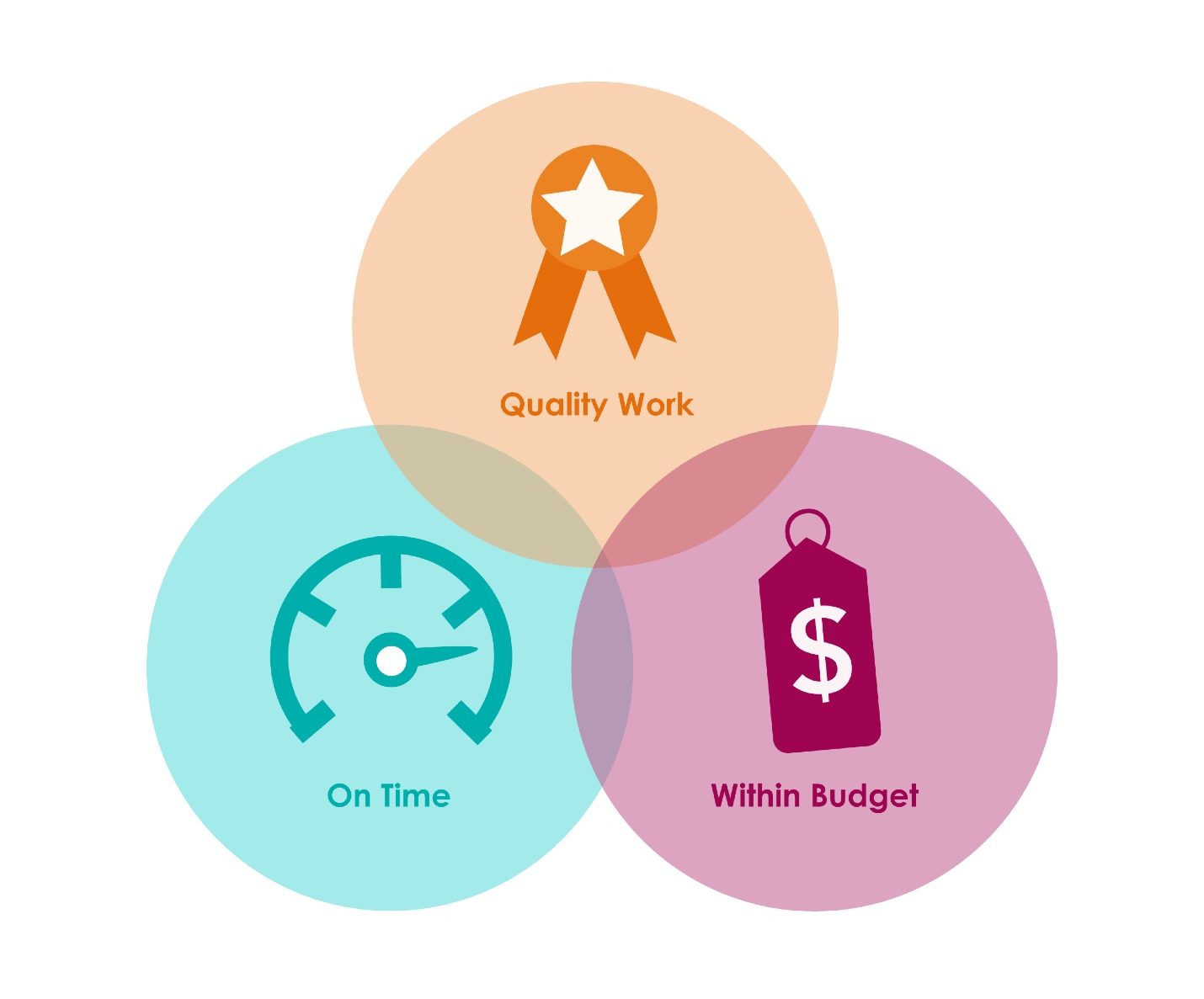Project Management Series
by Kally Swibes & Nicole Bulloch

Post #4 of 6: Check-in Meetings
Day-to-Day Tools for Balancing Speed, Quality, and Costs
Project Success = Quality Work Delivered On Time and Within Budget
By combining knowledge from instructional design and project management, we have put together an equipment checklist of key structures needed to meet deadlines while also ensuring quality and maximizing profit in your day-to-day management of a project.
Equipment Checklist:
Timelines
Review Process
Check-In Meetings
Communication Plan
Budget Strategy
Setting a consistent weekly meeting for both the internal and external teams is crucial. In these meetings, it is important for the team to revisit the timeline and level set on what the workload will be for the upcoming week. These meetings will provide a forum for the team to talk about any revisions that need to be made to the timeline or project priority list.
Things happen – meeting agendas get changed, stakeholder priorities shift – what’s most important is to talk through project changes together and decide on a plan of action that all parties involved (in both the internal and external teams) are confident they can follow through with.
Having the opportunity to speak with both teams weekly not only allows for a positive working relationship to develop, but it also provides team members the forum to discuss the triad of value, ensuring the development of high-quality deliverables that are completed on time and under budget.


It is important to keep the scheduled weekly meetings on our teams’ calendars, but don’t forget to also be flexible with everyone’s time. Depending on the weekly workload, these meetings may be a quick touch point for project managers and clients only and end early or be canceled if there are no new topics to discuss. As the project moves along, a natural rhythm to these weekly meetings will establish itself, and team members often look forward to this collaborative opportunity as opposed to the attending “just another meeting” mindset.
Join us for our next post, the fifth in this series, as we discuss open communication and its role in leading a successful project.
